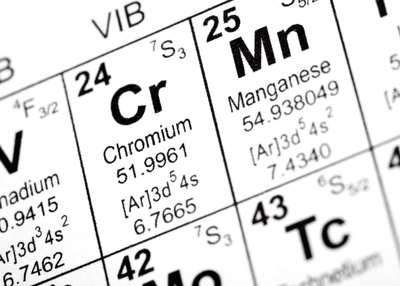Analies Dyjak & Matthew Krug
February 14th 2019: The Department of the Army and the Environmental Protection Agency posted the newly proposed “Waters of the United States” rule to the Federal Register. At its core, the proposed EPA WOTUS rule limits the water that EPA can regulate and monitor. By narrowing the scope of WOTUS definitions, this basically gives industries a roadmap of where it’s okay to pollute without the need for permitting. This is a big deal for the 45 million Americans who rely on well water for drinking and bathing. So, why should you care about the definition of waters of the United States?
"Waters of the United States"
This definition, also known as “WOTUS” has been up for debate for decades, and it’s interpretation has seen several Supreme Court cases. This proposed rule determines what waters the federal government is able to regulate and monitor. Generally, “waters” have traditionally been navigable waters such as oceans, rivers, ponds, and streams. As our scientific understanding of hydrology has improved, the scope of what are considered “waters” has expanded.
What Is Not Protected Under The Proposed Rule?
WOTUS definitions name certain waters as “excluded,” which, in this case, means they do not have a surface water connection. This means that groundwater, ephemeral streams, ditches, prior converted cropland and some wetlands and ponds are not included. This is a continued rollback of environmental regulations - and the 2019 EPA WOTUS rule proposal may have the farthest-reaching implications of all.
How Does This Proposed Rule Affect Drinking Water?
This rule puts the 45 million Americans that use private wells as a primary source of drinking water at risk. Private wells are not regulated by federal, state, or local governments, and agencies are not required to test for contaminants or ensure “compliance.” A 2006 study by the USGS concluded that private wells are already contaminated with various types of agricultural runoff, solvents, fumigants and inorganic compounds, the most common being arsenic and nitrates. Arsenic is a naturally occurring organic compound, that enters groundwater as bedrock weathers overtime. However, nitrates are used in fertilizers and enter both surface and groundwater from agricultural runoff. 8.4% of the wells tested in this study were in exceeded the federal standard for nitrates (we have an article dedicated specifically to nitrates in groundwater). Further, EPA does not provide recommended criteria or standards for private well users. By rolling back protections, private well users are being further kept in the dark.
How Did They Arrive At this Rule?
The proposed EPA WOTUS rule is primarily based off a majority opinion by Justice Scalia in the Supreme Court case Rapanos v. United States. Scalia’s interpretation favored “traditional waters,” and steered away from Justice Kennedy’s “significant nexus theory.” In his majority opinion, Scalia wrote that federal protections should cover:
“...only those wetland with a continuous surface connection to bodies that are waters of the United States.”
Who’s Driving?
The American Farm Bureau dominated the conversation at the press conference for the proposed EPA WOTUS rule in early December of 2018. Industries lobbied hard to limit the scope of jurisdictional waters. In a political landscape where there is an abundance of legislation grandfathered in to protect the chemical, fossil fuel, and agricultural industries, it should come as no surprise that the current administration did not break from tradition. The agricultural industry is not the only institution who will benefit from this proposed rule. Chemical manufacturing companies have to go through a rigorous permitting process determined by state or federal governments (NPDES) which regulate pollution. But now, with a clearly defined and reduced scope of what constitutes a water of the United States, these companies are able to map out how to circumvent regulation.
The federal government has designated this as “economically significant”
This means that the proposed rule with have an annual effect on the economy of $100 million or more.
Our Take:
This proposed WOTUS definitions puts the 15% of the country at further risk of groundwater contamination. This population of people are now on their own in terms of monitoring their drinking water and keeping up with land use changes. Our science team will be submitting public comments on this proposed rule, which will be available on our website in the upcoming weeks. We encourage our readers to do the same thing! CLICK HERE for the link to the WOTUS public comment page.
Other Articles We Think You Might Enjoy:5 Reasons Why Bottled Water Isn't The Solution To Drinking Water Contamination
Nitrates In Drinking Water
Why Runoff From Farms Is A Big Deal



